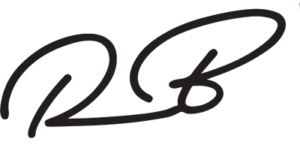
Writing Call To Action and Why
You’ve probably heard about using calls to action buttons with your blog posts to generate leads. The purpose is to get the reader to take some form of action that will bring them one step closer to becoming a full-scale customer. However, while many people may have learned the importance of a call to action (CTA) to promote their business, they may not be entirely sure about what is a CTA and how it can be used to get people to automatically do what you want them to do. The true purpose of writing call to action is to move the visitor forward in his journey towards becoming a buyer. An effective CTA can get the visitor to remain on your page longer.

While the term is used extensively when discussing inbound marketing methods, a CTA is simply a clickable button designed to offer them something that they consider to be valuable. This could be an ebook, whitepaper, slide deck, or even a free trial. In short, your line gives them a reason to take some sort of action that would get them further engaged in a relationship with you. When designing your CTA, take into consideration the buyer personas along with your offer, where they are in their buyer’s journey, and if the offer is worthwhile to them at that particular stage. When understanding what is a CTA, it’s important that your method be more than just simply putting a button in place and asking the reader to click it. It must entice the reader with something he/she actually wants.
What Is a Website Call to Action?
Every website you’ve visited has had a “Contact Us” page, which is one of the most basic CTAs. Other website call to action examples include chat lines, free downloads, survey participation, and subscriptions. When your campaign is focused on making a lasting impression, chances are the biggest impact will be made on your website. This will more likely than not be the first point of connection between you and your future customers. Writing call to action on your website will be crucial to getting your visitors to take the needed steps to move them along your sales funnel.
Obviously, there is much more involved with writing call to action than just a button that you want the consumer to push. While these buttons may be a part of the call to action, the real call to action definition has to do with how you will encourage the reader to actually take the next step and push the button. If you’re still wondering “what is a call to action”, the answer can be found quite easily by visiting a few of your favorite sites or blogs. Calls to action are best utilized when the consumer perceives that your offer has equal or greater value than the amount of information you’re asking from him. When you have struck a good balance with the information you’re requesting and what you’re giving out, you’ll be successful at designing a well functioning call to action.

